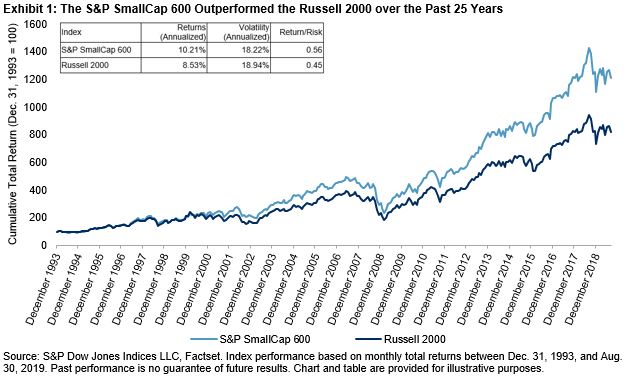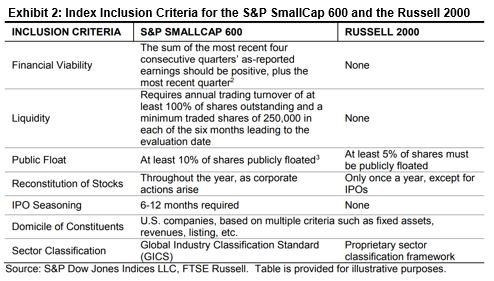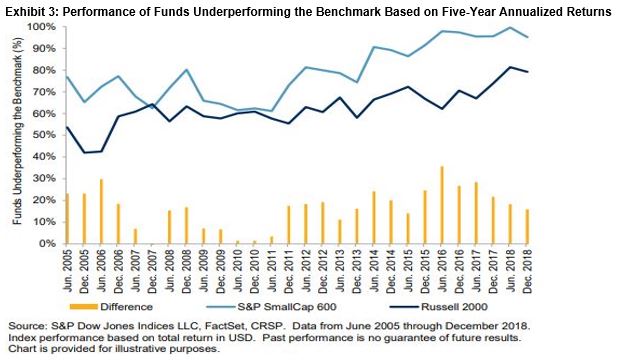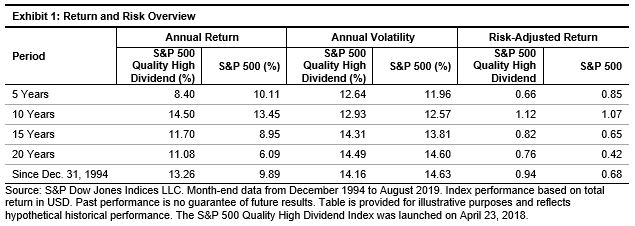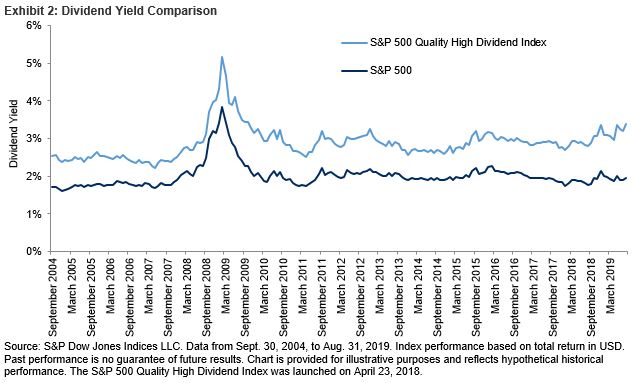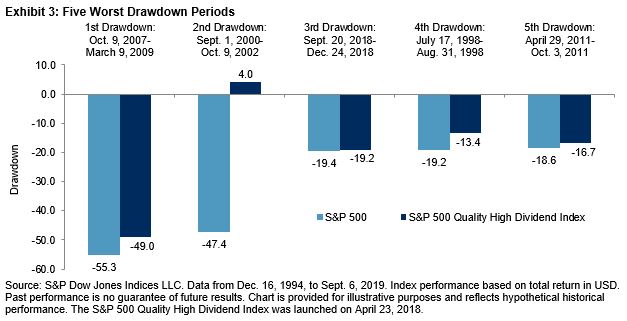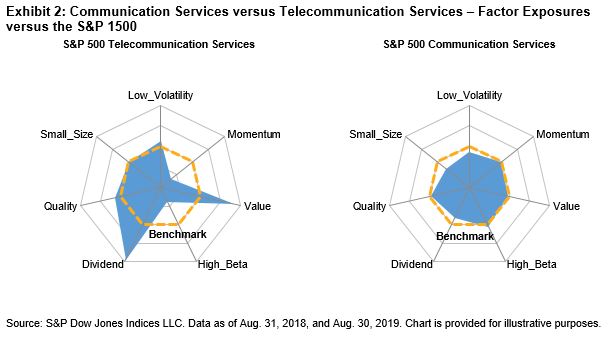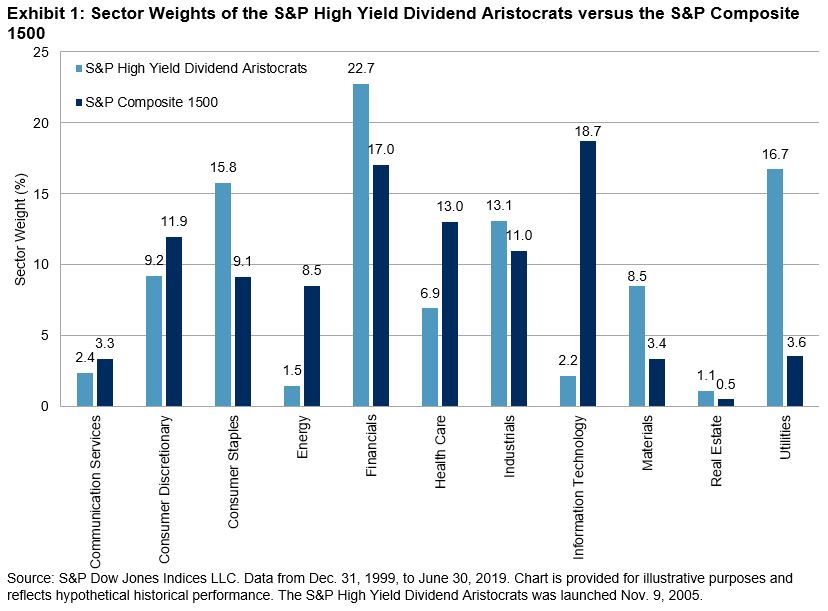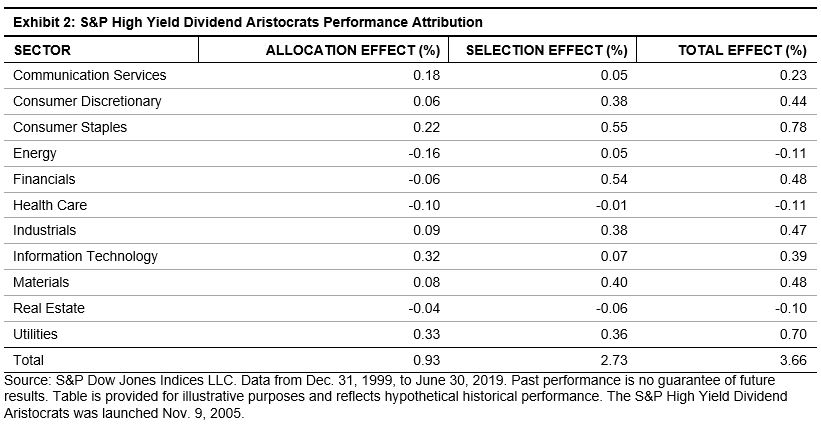Despite the largest one-day spike in oil prices since at least 1989, the broad commodities market only managed to climb modestly in September. The S&P GSCI was up 1.7% for the month and 8.6% YTD. The Dow Jones Commodity Index (DJCI) was up 1.4% in August and up 4.7% YTD. Rallies in the agriculture and livestock markets were in contrast to weaker gold prices and modest upswings in the energy and industrial metal markets.
The S&P GSCI Petroleum ended the month up only 0.8%, an almost impossibly meek rise given the significant, albeit short lived, rise in oil prices mid month. The Sept. 14, 2019, attacks on Saudi Arabia’s oil facilities put the oil market back in focus for investors and policy makers alike. The event was reported to have been the largest single supply disruption in the oil market for half a century, crippling half of Saudi oil production and temporarily halting production of 5.7 million barrels per day, or approximately 5% of global oil production. The price response on the first trading day following the attack was extreme but now looks like an aberration. The S&P GSCI Brent Crude Oil closed 14.2% higher on Sept. 16, 2019, the biggest one-day percentage gain since at least 1989, but by month end, it was only up 1.7%. Reports that Saudi Arabia had managed to replace much of the production lost in the attacks by increasing output from offshore fields and drawing down inventories eased earlier fears regarding a shortage of crude, at least over the short term. Most global economic indicators point to a worldwide slowdown in economic growth, led by business investment and manufacturing, which does not augur well for oil demand.
Middling performance was on display in September for industrial metals, with the S&P GSCI Industrial Metals up 0.6%. S&P GSCI Nickel cooled off, down 4.5% on the month, while S&P GSCI Zinc was up 9.3%. The International Lead and Zinc Study Group reported that the global zinc market registered an unexpected deficit in the first half of the year. S&P GSCI Iron Ore was the outperformer in September, up 12.7%, and back above 65% higher for the year, competing with nickel for the top YTD performer in the commodity complex. More encouraging rhetoric between China and the U.S. ahead of the resumption of trade talks and slightly better Chinese economic data helped give iron ore a boost.
The S&P GSCI Precious Metals edged lower by 3.9% in September following last month’s impressive price spike. With more investor appetite directed toward risk assets, interest in safe haven assets like gold was tempered. S&P GSCI Palladium moved higher by 7.2% over the month, as mining companies forecast a widening supply deficit for the metal.
As is the nature of the major grain markets and USDA reporting, it was not until the last day of the month that grain markets moved markedly. The USDA Quarterly Grain Stocks report released on Sept. 30, 2019, showed U.S corn and soybean stocks at levels notably below pre-report projections. The S&P GSCI Grains finished the month up 5.5%. An announcement mid month that the Chinese government would support purchases of U.S. agricultural products by Chinese companies by waiving tariffs also supported prices. The S&P GSCI Cocoa ended the month up 10.1%, driven by reports that middlemen in Ivory Coast were stockpiling significant quantities of cocoa beans in anticipation of a higher farm gate price, which was due to kick-in on Oct 1, 2019.
Lean hogs led the livestock markets higher in September; the S&P GSCI Livestock up 7.8% for the month. Concessions on punitive tariffs on U.S agricultural exports to China were supportive to both hog and cattle prices, as was news of the spread of African swine fever (ASF). South Korea confirmed the first case of ASF in that country in the middle of the month. While the long-term impact on global hog markets will depend on the ability of South Korean officials to contain the disease, it does not bode well for the spread of the disease across Asia.
The posts on this blog are opinions, not advice. Please read our Disclaimers.



